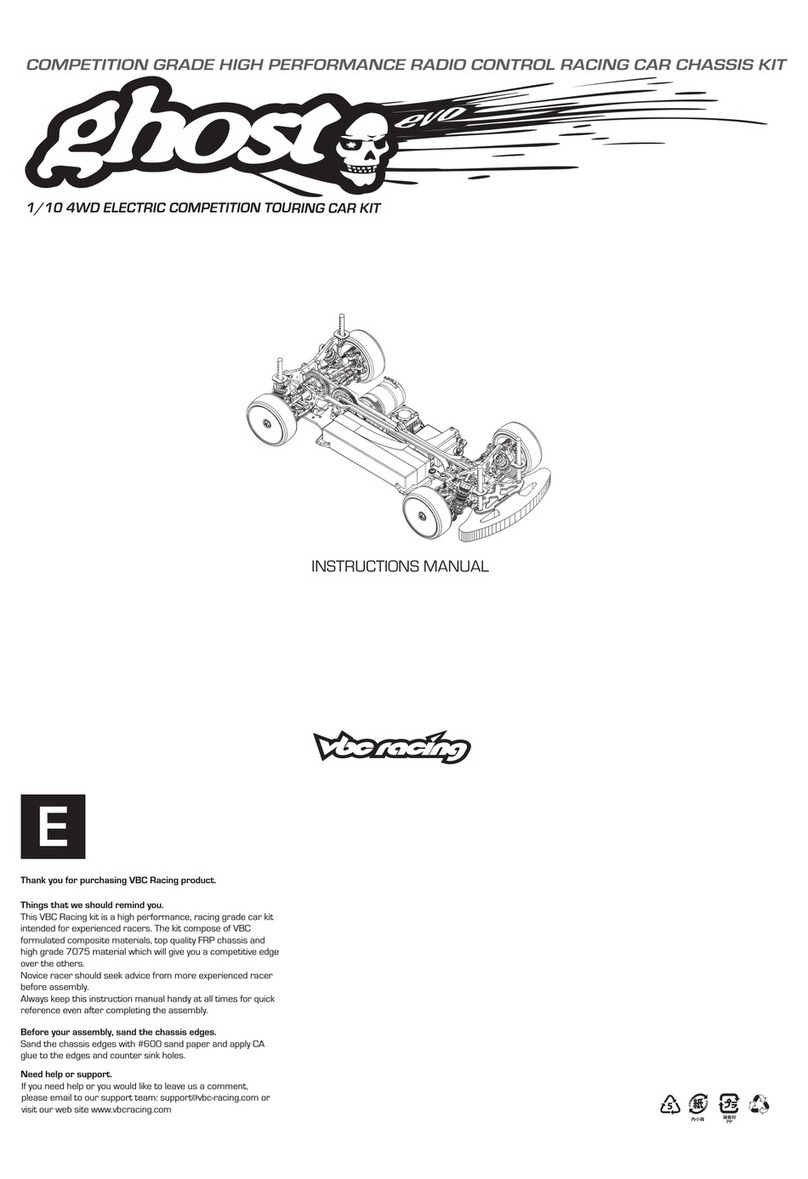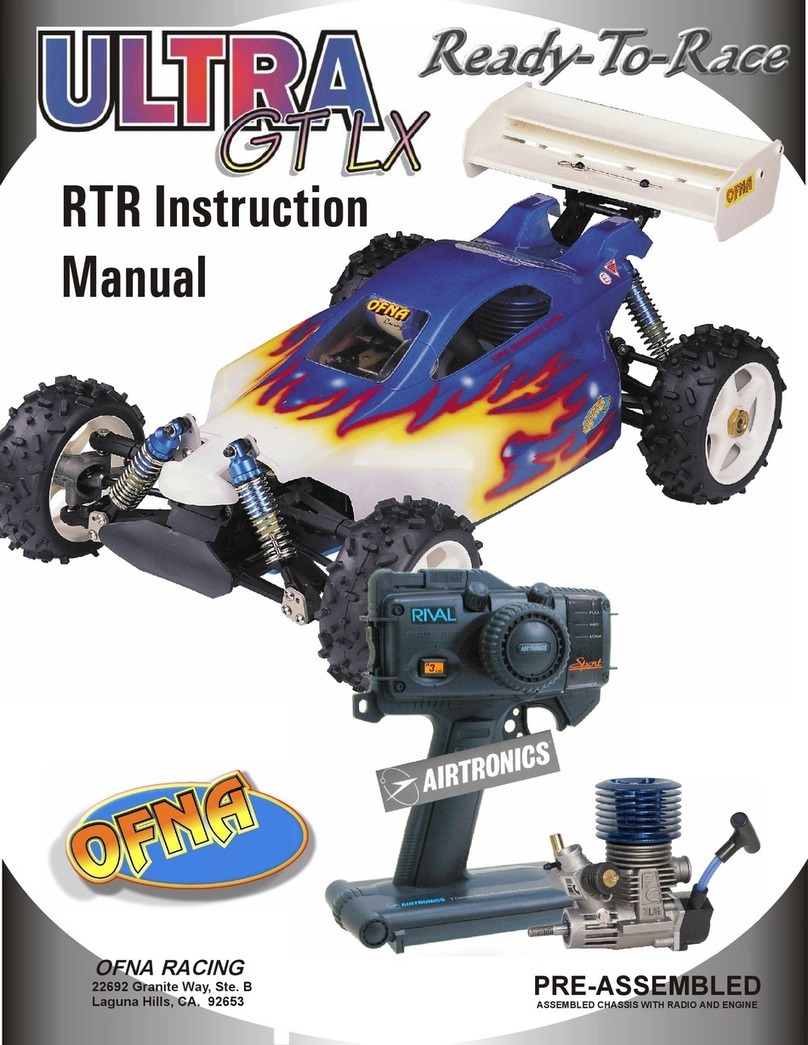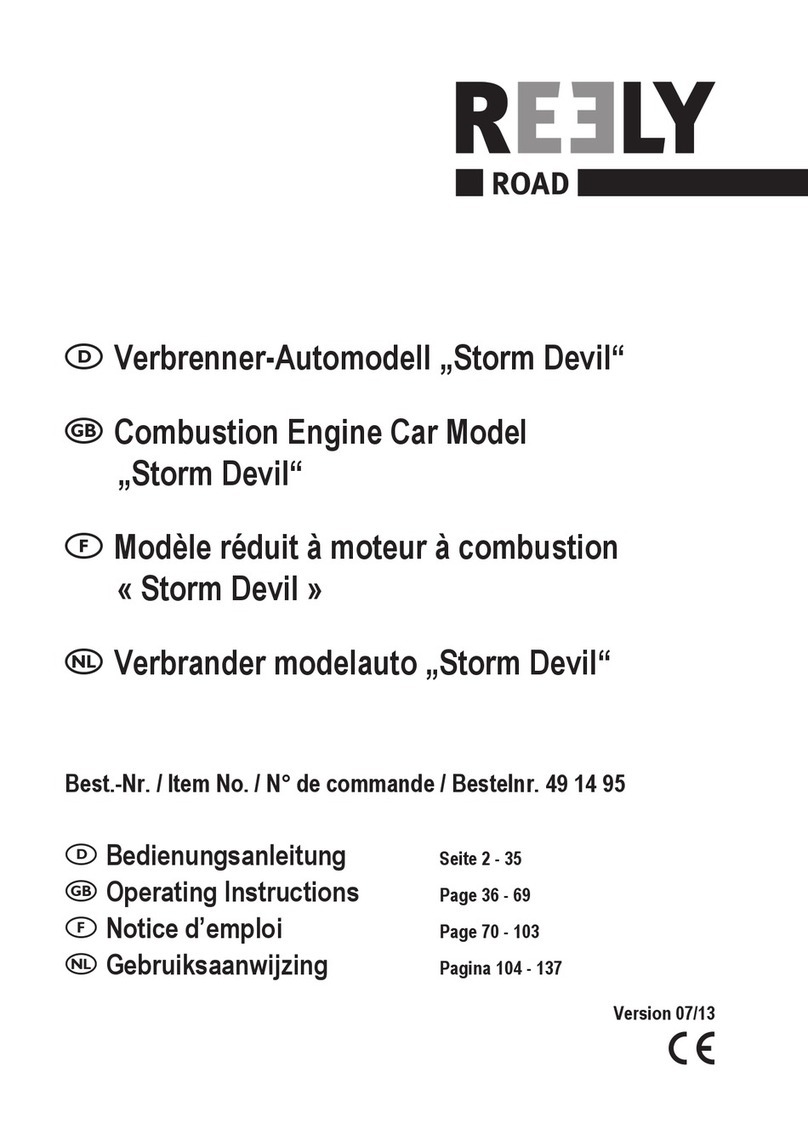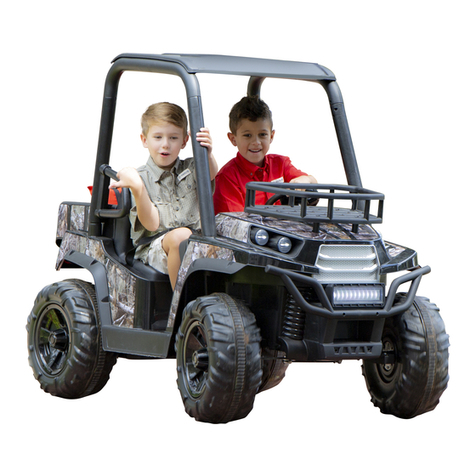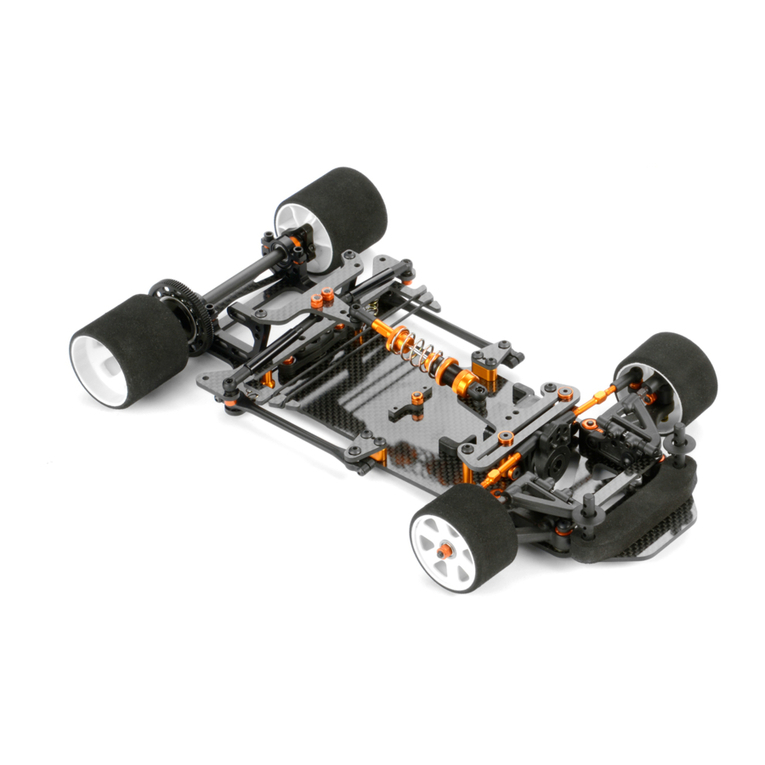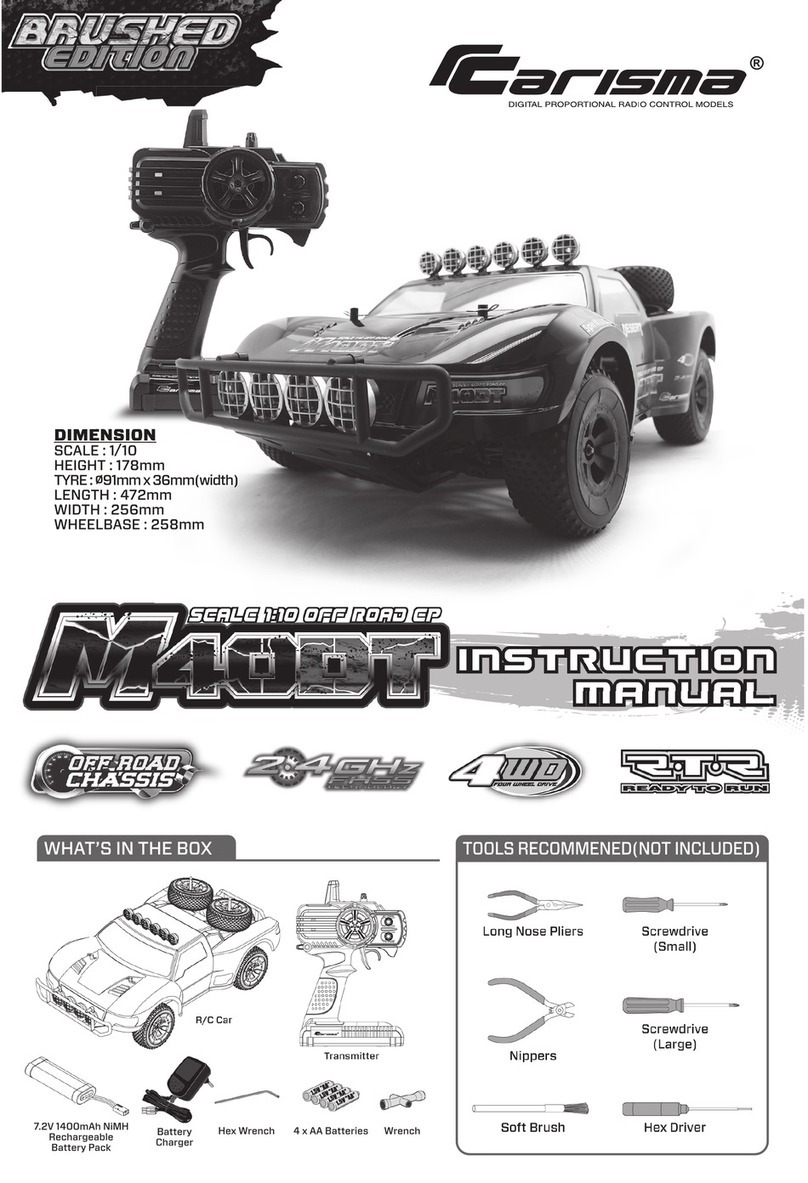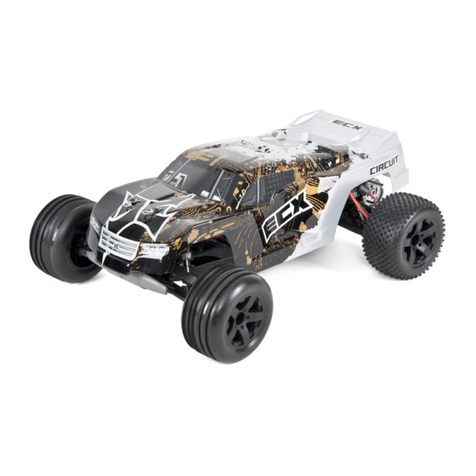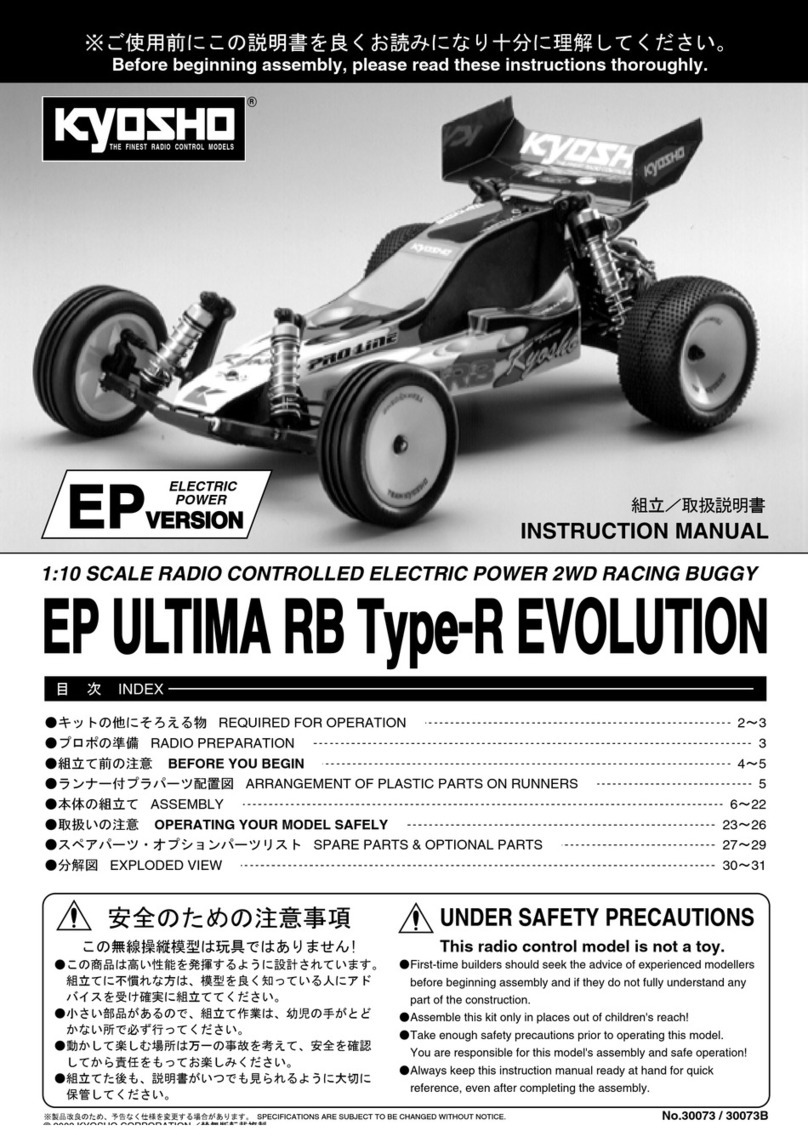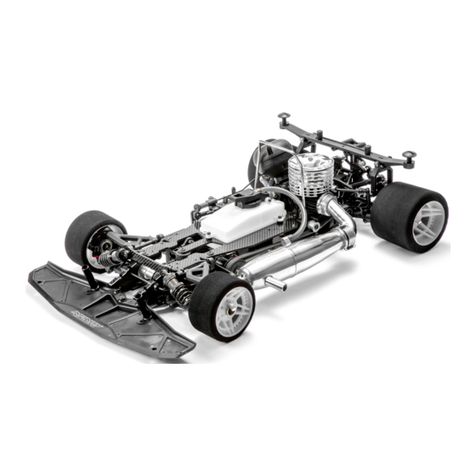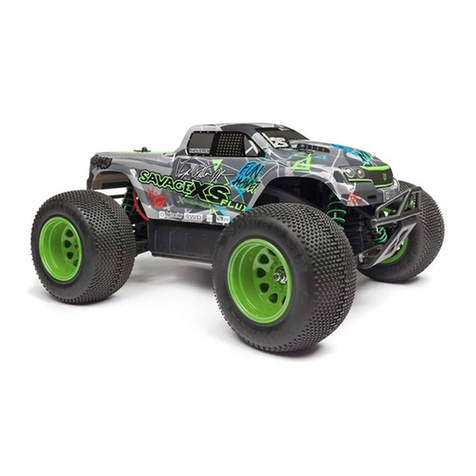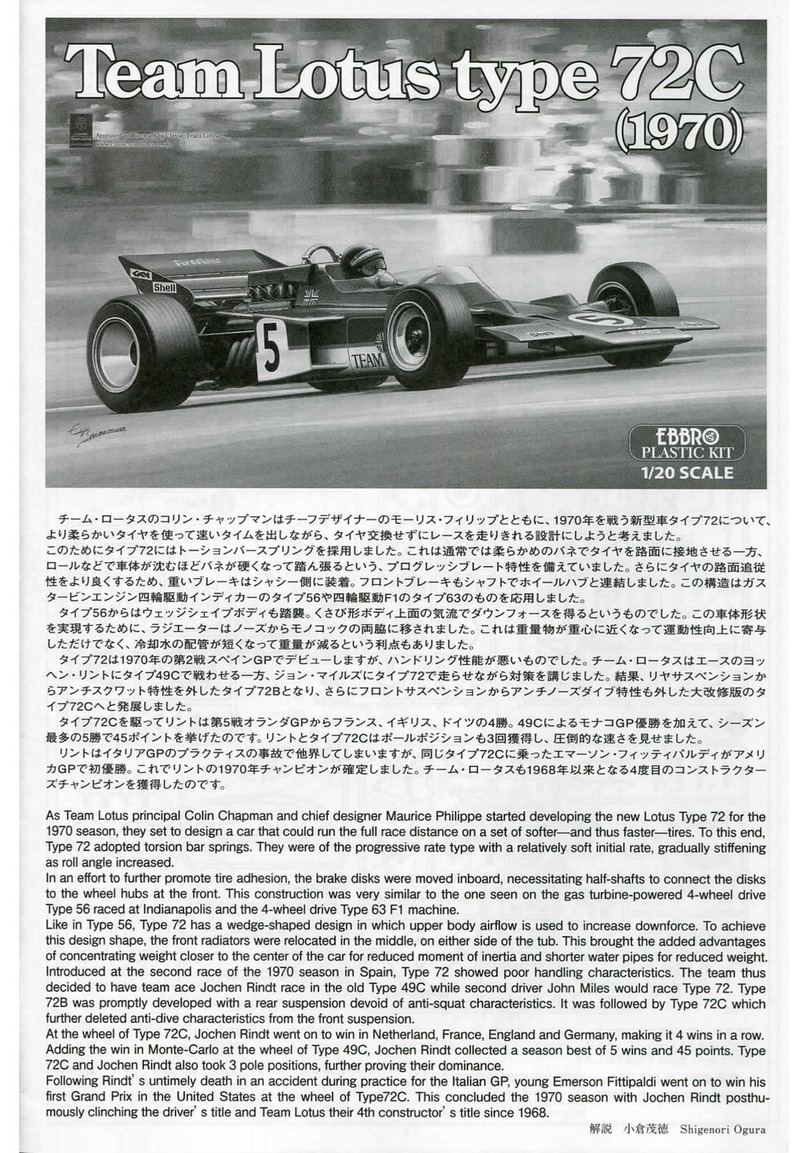Engineering Makerspace 555061 User manual

Franckh-Kosmos Verlags-GmbH Co. KG, Pfizerstr. -, Stuttgart, Germany | + () - | www.kosmos.de
Thames Kosmos, Friendship St., Providence, RI, , USA | --- | www.thamesandkosmos.com
Thames Kosmos UK LP, Stone Street, Cranbrook, Kent, TN HE, UK | | www.thamesandkosmos.co.uk

0.5 m
1 Newton
› › › SAFETY INFORMATION
TIPS AND TRICKS
THE ANCHOR PIN LEVER
Side A of the lever can be used to easily
remove anchor pins.
Side B can be used to loosen firmly
inserted parts, such as axle plugs.
Warning! Not suitable for children under 3
years. Choking hazard — small parts may be
swallowed or inhaled.
Keep the packaging and the instructions as
they contain important information.
Warning! Do not aim at eyes or face.
Do not aim the projectiles toward other
people or animals. Make sure people and
animals are well out of the potential path of
the projectiles.
Warning! The catapult model is able to
discharge objects other than the suggested
projectiles.
Do not use with any other objects than the
ones suggested (especially not heavy or
sharp-pointed ones). There is a risk of injury.
For use under adult supervision.
Please make sure that the catapult is stored
uncharged.
Clear sufficient space before launching the
motorcycle. Keep small children or animals
away when launching the motorcycle (in
order to prevent nearby objects from
breaking).
Store the experiment materials and
assembled models out of the reach of small
children.
The models are intended for indoor use. Do
not use your models in a sandbox.
Before starting the experiments, read
through the instruction manual together
with your child and discuss the safety
information. Check to make sure the models
have been assembled correctly, and assist
your child with the experiments.
We hope you and your child have a lot of
fun with the experiments!
Dear Parents and Adults,

Kinetic Machines
Kosmos Quality and Safety
More than one hundred years of expertise in publishing science
experiment kits stand behind every product that bears the Kosmos
name. Kosmos experiment kits are designed by an experienced team of
specialists and tested with the utmost care during development and
production. With regard to product safety, these experiment kits
follow European and US safety standards, as well as our own refined
proprietary safety guidelines. By working closely with our
manufacturing partners and safety testing labs, we are able to control
all stages of production. While the majority of our products are made
in Germany, all of our products, regardless of origin, follow the same
rigid quality standards.
st Edition © Franckh-Kosmos Verlags-GmbH Co. KG,
Pfizerstrasse –, Stuttgart, Germany
This work, including all its parts, is copyright protected. Any use
outside the specific limits of the copyright law without the consent
of the publisher is prohibited and punishable by law. This applies
specifically to reproductions, translations, microfilming, and
storage and processing in electronic systems and networks. We do
not guarantee that all material in this work is free from copyright
or other protection.
Technical product development: Genius Toys Taiwan Co., Ltd.; Dr.
Petra Müller
Author: Thames Kosmos, and Rainer Köthe
Manual Layout: Peggy Bertram and Annabell Goldacker, media
GmbH, Freiberg, Germany
Manual design concept: Atelier Bea Klenk, Berlin
Manual illustrations: Genius Toy Taiwan Co., Ltd., Taichung,
Taiwan, R.O.C., and Thames Kosmos
Manual photos:
© shutterstock: Sergiy, , ; NeydtStock, , ; Phanat, , ;
Nadezhda Kulikova,
All remaining images: Thames Kosmos, Franckh-Kosmos
Verlags-GmbH Co. KG, and Genius Toy Taiwan Co., Ltd.
The publisher has made every effort to locate the holders of image
rights for all of the photos used. If in any individual cases any
holders of image rights have not been acknowledged, they are
asked to provide evidence to the publisher of their image rights so
that they may be paid an image fee in line with the industry
standard.
st English Edition © Thames Kosmos, LLC, Providence, RI,
U.S.A.
® Thames Kosmos is a registered trademark of Thames & Kosmos,
LLC.
Author: Thames Kosmos, and Rainer Köthe
Manual Layout: Mark Geary
Editing: Camille Duhamel, Ted McGuire
Additional Graphics and Packaging: Dan Freitas
Distributed in North America by Thames Kosmos, LLC.
Providence, RI
Phone: --; Web: www.thamesandkosmos.com
Distributed in United Kingdom by Thames Kosmos UK LP.
Cranbrook, Kent TN HE
Phone: ; Web: www.thamesandkosmos.co.uk
We reserve the right to make technical changes.
Printed in Taiwan / Imprimé en Taiwan

1
Kinetic Machines
1
2
3
7
8
5
4
6
9
10
11
12
13
14
15
23 30
31
32
33
3416
17
18
24
19
25
20
26
27
21 28
22 29
Checklist: Find - Inspect - Check off
› › › KIT CONTENTS
No. Description Qty. Item No.
1 Short anchor pin, blue 30 717767
2Anchor pin 10 702527
3Joint pin 4 702524
4Long joint pin 1 720757
5Two-to-one converter 4 716889
6 90-degree converter - Y 2 716884
7 90-degree converter - X 3 716682
81-hole connector 4 719233
9 Curved rod 2 716310
10 3-hole rod 2 719234
11 3-hole cross rod 4 717899
12 3-hole wide rounded rod 2 716872
13 5-hole rod 2 716876
14 5-hole cross rod 4 716677
15 7-hole wide rounded rod 2 716878
16 7-hole flat rounded rod 2 716879
17 11-hole rod 2 716304
No. Description Qty. Item No.
18 Square frame 2 718936
19 Axle, 70 mm 1 713490
20 Axle, 100 mm 1 716901
21 Axle, 150 mm 1 703518
22 Rubber band, large 2 716689
23 Small gear 2 716885
24 Small sprocket 1 720232
25 Rubber band, small 2 702596
26 Disk wheel 2 720760
27 Disk wheel pin 2 720761
28 Small body piece left 2 720763
29 Rubber band, small thick 2 720759
30 Wheel frame 2 720762
31 Main body piece 1720766
32 Large body piece A 2 720765
33 Small body piece right 2 720764
34 Anchor pin lever 1702590
555061-02-200418

2
Wind
Travel direction
On page 3, you can see all of the
models at a glance.
Learn about kinetic energy
on page 23.
Safety Information ... Inside front cover
Kit Contents.............................................. 1
Table of Contents ................................... 2
Overview................................................... 3
Physics of Cars
........................................ 4
1. Desert Racer ........................................ 5
2. Motorcycle Launcher ......................10
Catapults
...............................................14
3. Catapult .............................................15
4. Balancing Dragonfly .......................18
5. Wind Mobile .......................................21
Check It Out............................................23
› › › TABLE OF CONTENTS

3
Kinetic Machines
› › › OVERVIEW
Catapult
Desert Racer
15
18
10
Motorcycle
Launcher
5
Balancing
Dragonfly
21
Wind
Mobile

44
› › › CHECK IT OUT
The Physics of Cars
POWER
Why is it harder to carry a heavy box while you
are running up a flight of stairs than it is while
you are walking up the same flight of stairs? It is
because it requires more power to move the box
when you are running. Power in physics means
the amount of work that is done over time.
You may have heard the term horsepower used to
describe a car. In the late 1700s, the Scottish
engineer James Watt wanted a way to compare
the amount of power that a steam engine could
produce with that of a draft horse. Watt found
that a horse could lift about 33,000 pounds of
coal a distance of one foot in one minute. Thus,
Watt set one horsepower equal to 33,000 foot-
pounds per minute. An average person can
produce about 0.1 horsepower, while a car can
produce 120 or more horsepower.
VELOCITY
AND SPEED
Speed and velocity
are often used
interchangeably, but
in physics they mean
different things. Speed
is just how fast
something is going, while
velocity is both how fast and
in what direction.
For example, if you are moving 30 miles per hour,
then that is your speed. But, if you are moving 30
miles per hour north, then that is your velocity.
The speed of a car is shown by the speedometer
in miles per hour or kilometers per hour.
ACCELERATION
Acceleration is a change in the velocity of an
object. That means that the object could be
speeding up, slowing down, or changing direction
and it would be accelerating. The time it takes for
a car to go from 0 to 60 miles per hour is a
common measure of a car’s ability to accelerate.
WORK
The way that physicists define work is different
from the common usage of the word. Work is
when a force causes a displacement in the same
direction as the motion of an object. For
example, if you were walking around at a
steady velocity with a box in your arms you
would not be performing work. This is because
the force required to hold up the box points in
the upward direction, while the displacement
from your walking around is in the horizontal
direction. However, if you were to push a box
along the floor or lift a box up, you would be
performing work.

5
Kinetic Machines
14
14
14
14
1
2
3
Make 3 loops
1
2
3
4
6
5
DESERT RACER

6
13
21
Keep a 1-mm
gap on each side
7
8
9
DESERT RACER

7
Kinetic Machines
13
10
12
13
11
DESERT RACER

8
14
15
Done!
16
DESERT RACER

9
Kinetic Machines
3. Pull the race car
backwards. The
small sprocket
will wind up the
rubber band.
4. Release the car
and watch it go!
2. Pick one loop of the
rubber band and
hook it onto the
small sprocket.
1. Place the car on a
smooth, flat floor.
DESERT RACER

10
70mm axle
1
2
4
3
19
x2
MOTORCYCLE LAUNCHER

11
Kinetic Machines
5
8
7
10
9
6
13
14
14
13
MOTORCYCLE LAUNCHER

12
11
12
13
Done! 14
14 14
MOTORCYCLE LAUNCHER

13
Kinetic Machines
Docking face
Docking complete
Top View
1. Roll the motorcycle
backward to dock it
onto the launch arm.
2. Press down on the bar to
launch the motorcycle.
Launch arm
Launch arm
MOTORCYCLE LAUNCHER

14
› › › CHECK IT OUT
Catapults
The term “catapult” comes from the
Ancient Greek word “Katapeltes.” The
Ancient Greek Dionysius the Elder of
Syracuse invented the catapult around 400
BCE. Early catapults were larger versions
of crossbows.
Pictured here is a mangonel. The mangonel
is often what people think of when
they think of a catapult. Historically,
the mangonel was not able to throw
projectiles as far or with as great of a
velocity as other types of catapults, such
as the trebuchet. This is because a lot of
the energy goes into accelerating the arm
itself which means less energy goes into
the projectile.
Horizontal distance
Vertical launch height

15
Kinetic Machines
14
13
14
14
14
13
12
3
4
CATAPULT

16
21
5
6
8
7
CATAPULT

17
Kinetic Machines
Done!
Important! Use balls of
crumpled up paper to shoot
out of your catapult. Do not
use any other objects.
WARNING. Do not aim at eyes
or face. Never launch heavy,
sharp-pointed, or sharp-edged
objects.
9
CATAPULT
Table of contents



